First, Busy Monday begins, customers from Yemen come to visit our company.
Also, welcome two new colleagues
As well as colleague lucky’s birthday
And Happy 8 years anniversary to our colleagues






So , What Makes Pneumatic ball valve and electric ball valve Different?
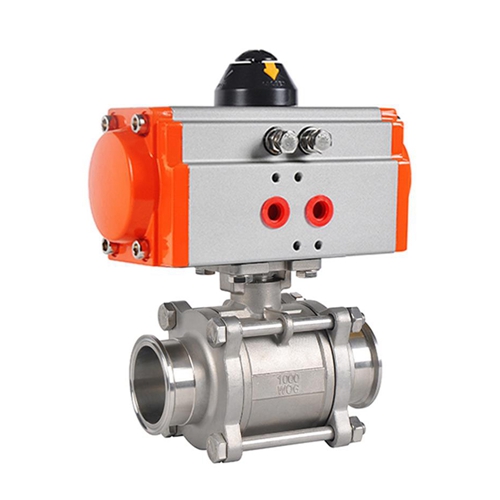
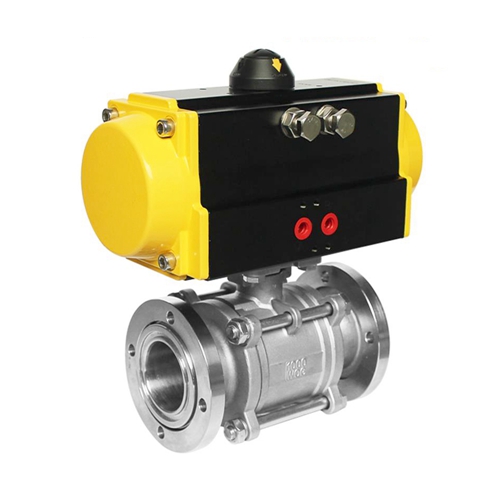
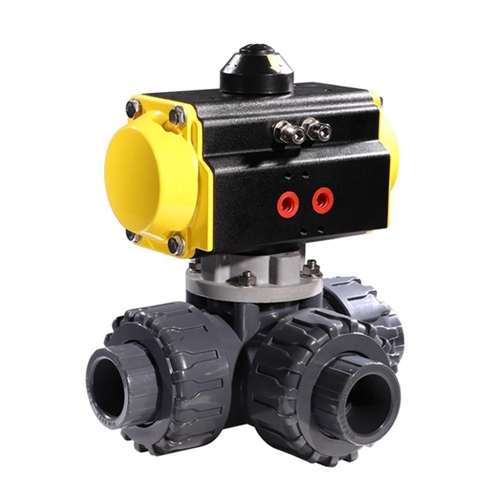
Pneumatic and electric ball valves, such as those offered by the Covna brand, have distinct differences in their mechanisms, control methods, and applications. Here is a detailed comparison:
- Actuation Mechanism
Pneumatic Ball Valve:
Operated using compressed air.
The valve opens and closes quickly due to the air pressure acting on a piston or diaphragm.
Typically used in applications where rapid and frequent cycling is required.
Electric Ball Valve:
Operated using an electric motor.
The valve opens and closes more slowly compared to pneumatic valves.
Suitable for applications where precise control is necessary.
- Power Source
Pneumatic Ball Valve:
Requires a compressed air supply.
Air compressors and other pneumatic equipment are needed for operation.
Electric Ball Valve:
Requires an electrical power supply.
Typically connected to a power grid or battery source.
- Control and Feedback
Pneumatic Ball Valve:
Control can be achieved using solenoid valves and pneumatic controllers.
Feedback can be provided using positioners or limit switches.
Electric Ball Valve:
Control can be achieved using electrical signals (e.g., 4-20mA, 0-10V).
Feedback is often provided through integrated position sensors and control circuits.
- Installation and Maintenance
Pneumatic Ball Valve:
Generally easier to install if a pneumatic system is already in place.
Maintenance can involve checking and maintaining the air supply system.
Electric Ball Valve:
Requires electrical wiring and control systems.
Maintenance involves ensuring electrical connections are secure and the motor is functioning properly.
- Speed of Operation
Pneumatic Ball Valve:
Faster actuation speed, making them suitable for applications requiring quick opening and closing.
Electric Ball Valve:
Slower actuation speed, providing more controlled and gradual operation.
- Environmental Considerations
Pneumatic Ball Valve:
Better suited for hazardous environments where electrical equipment might pose a risk.
Can operate in a wider range of temperatures and more extreme conditions.
Electric Ball Valve:
May require additional protection in hazardous environments.
Typically has more constraints regarding operating temperatures and environmental conditions.
- Applications
Pneumatic Ball Valve:
Common in industries such as chemical processing, oil and gas, and manufacturing.
Ideal for applications where speed and reliability are critical.
Electric Ball Valve:
Common in HVAC systems, water treatment, and automation systems.
Preferred where precise flow control and integration with electronic control systems are necessary.
Pneumatic vs. electric actuators — which is best for your application? In general, pneumatically actuated ball valves serve the same purpose as electrically actuated ball valves: to control the flow of media.
Both types of actuation have their pros and cons, so it’s important to be sure you select the right one for your intended application. We explain the basics below.
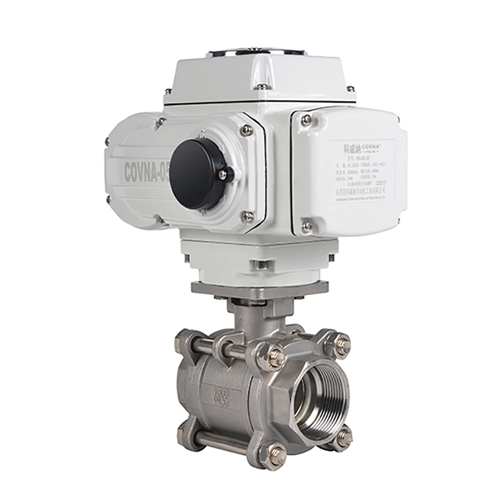
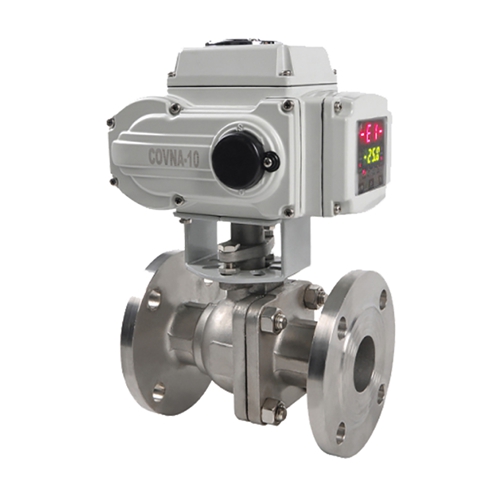
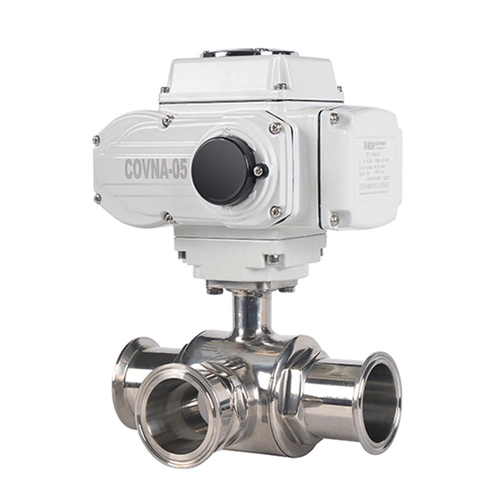
Covna Brand Specifics
Covna is known for providing high-quality automation solutions, including both pneumatic and electric ball valves. Some features specific to Covna’s offerings include:
Quality and Durability:
Covna valves are known for their robust construction, ensuring longevity and reliability.
Materials used are suitable for a wide range of applications and environments.
Innovation:
Covna integrates advanced technology in their electric actuators, providing precise control and easy integration with modern control systems.
Their pneumatic valves feature efficient designs that reduce air consumption and improve performance.
Customization:
Covna offers customization options to meet specific requirements, such as different materials, sizes, and control options.
They provide tailored solutions for unique industrial applications.
Support and Service:
Covna offers comprehensive support, including installation guidance, maintenance advice, and troubleshooting assistance.
Their customer service is reputed to be responsive and knowledgeable.
Choosing between a pneumatic and motorized ball valve from Covna depends on the specific needs of your application, including considerations of speed, control, environment, and existing infrastructure.
How to Select the Right Actuator?
Pneumatic Actuators
If your facility has access to compressed air, you can explore the following pneumatic actuators:
Double-Acting Pneumatic Actuated Ball Valves
These are intended for low to high-cycle applications that require a power outage failsafe and compact design.
Spring-Return Pneumatic Actuated Ball Valves
This option is designed for moderate-cycle applications that require a failsafe in the event of compressed air or power loss.
Double-Acting Pneumatic Actuated Ball Valves (with Failsafe)
Use these actuators for high-cycle applications that require a failsafe in the event of compressed air or power loss.

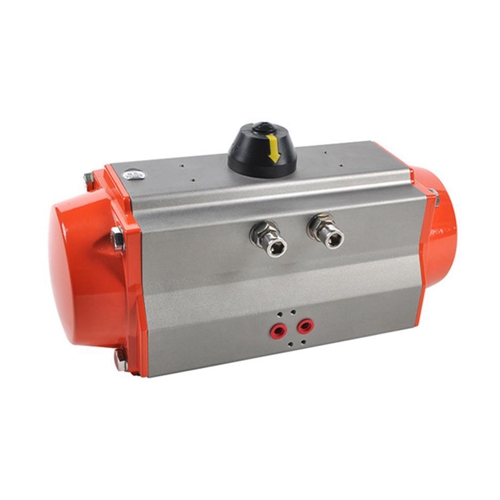
If your facility or OEM equipment doesn’t have access to pressurized air, pneumatic actuators won’t be an option. Electric actuators are also popular in applications where a slower cycle time is required. The fast ½ second cycle times offered by pneumatic actuators can be a detriment in high flow applications due to water (or other liquid media) hammer caused by the abrupt stop of media when cycling the valve.
COVNA Valve is happy to help you find the perfect ball valves for your project. Just contact us to get started.

PDF Get-a-Product Catalogue